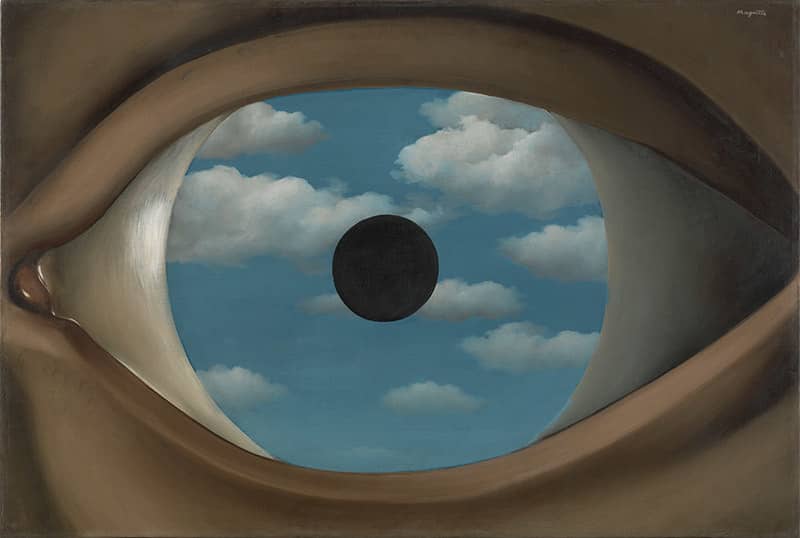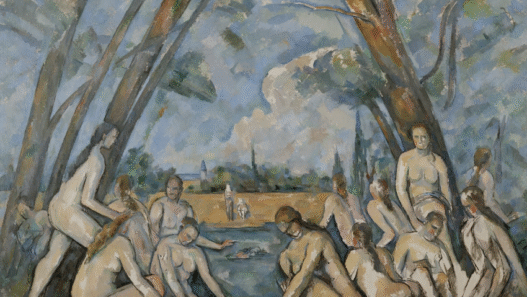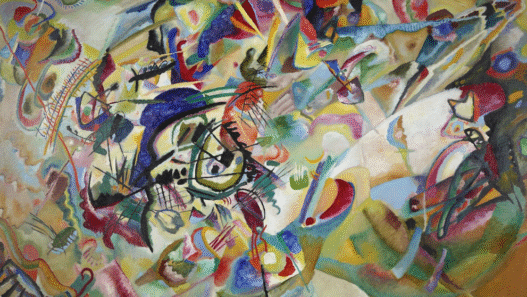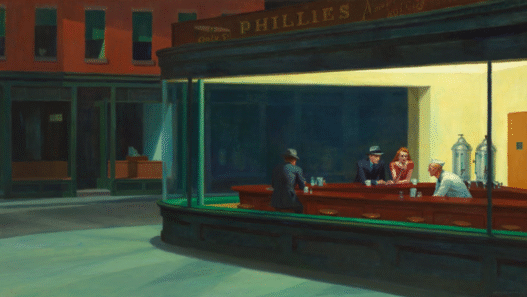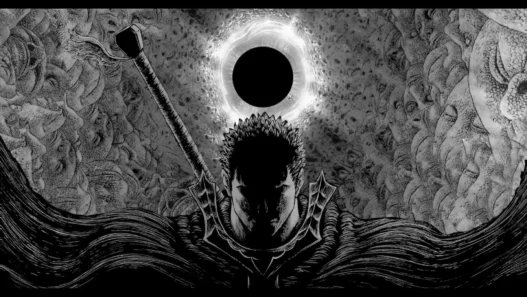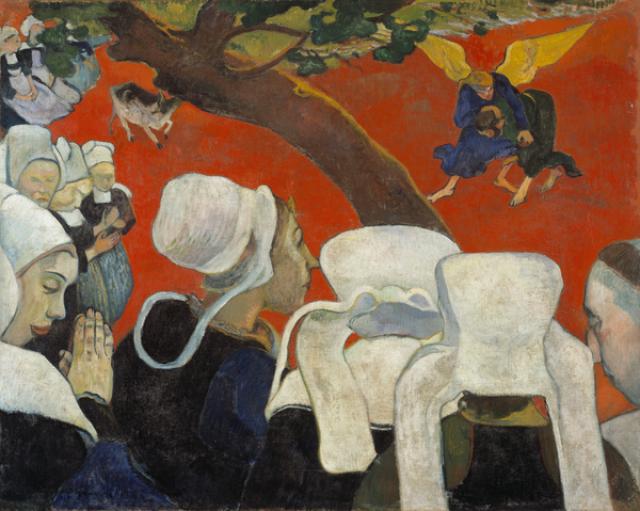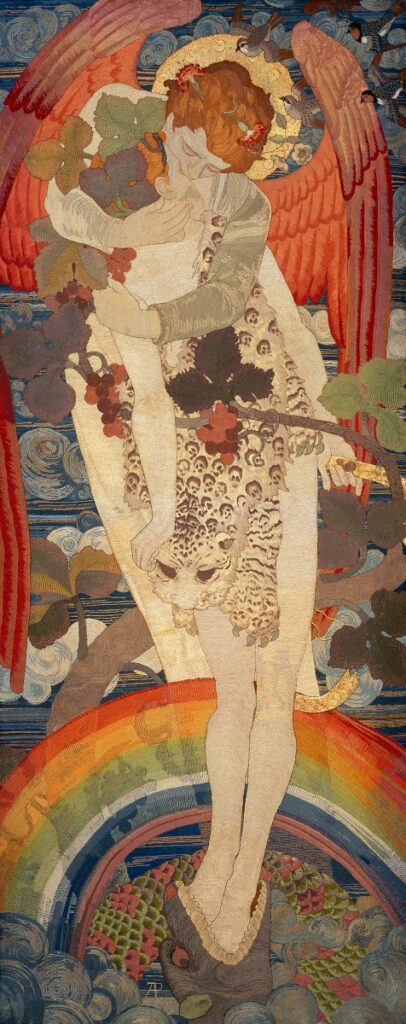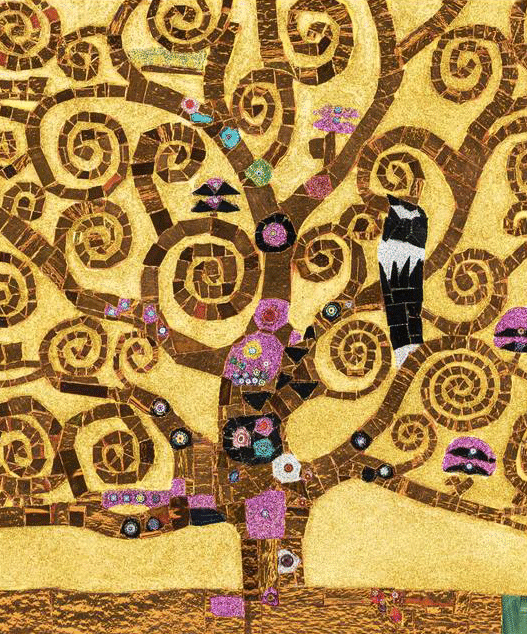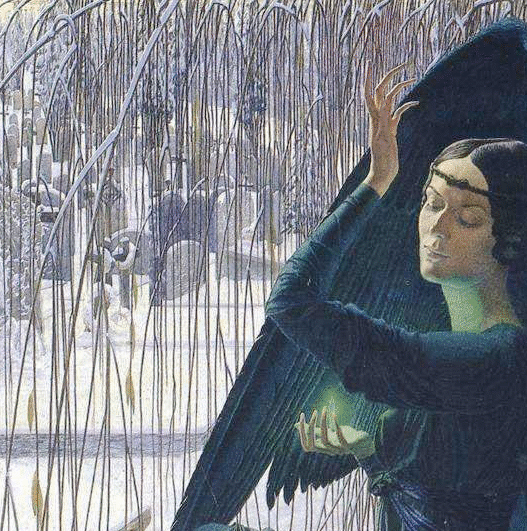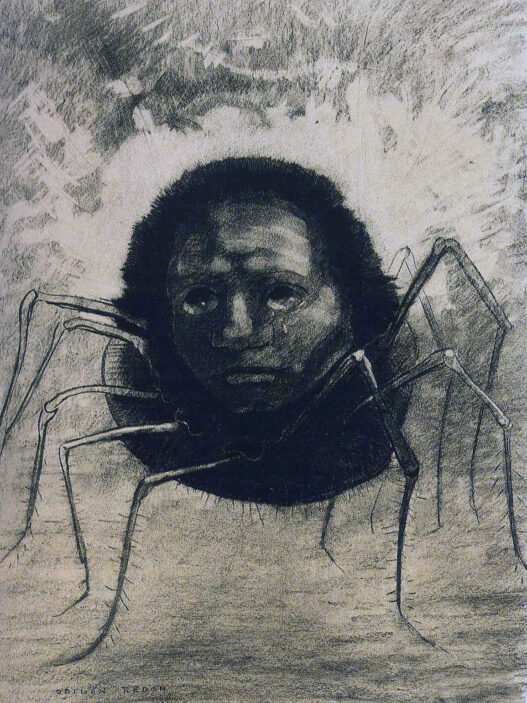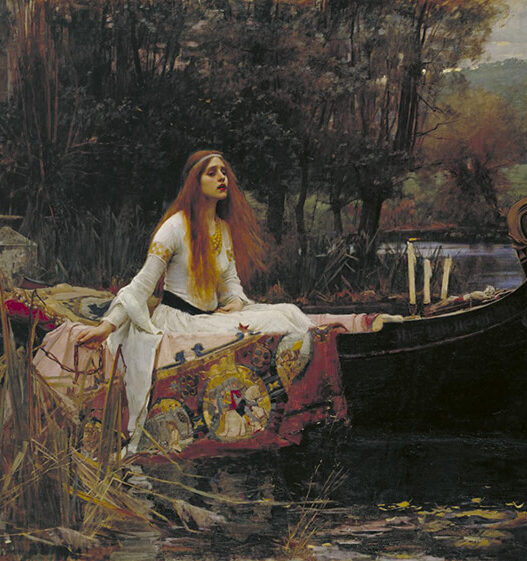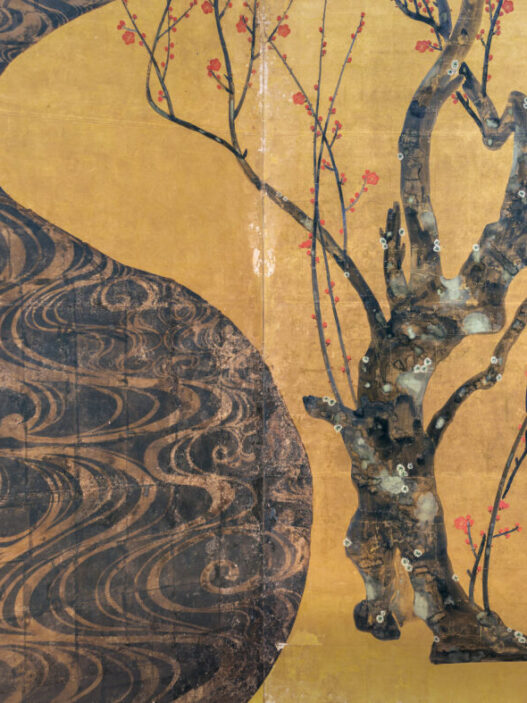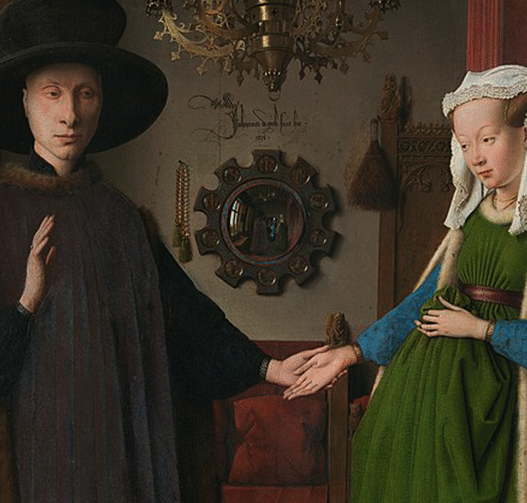Symbolism in art is a movement that emerged in the late 19th century as a response to the increasingly materialistic and scientific worldview of the time. Rather than focusing on realism, Symbolist artists aimed to convey the mystical, spiritual, and emotional dimensions of life through symbolic imagery. This approach allowed artists to explore the inner world of the mind and soul, creating works that continue to captivate audiences today.
Aside from the 19th-century Symbolist movement, the use of symbolism in art has ancient roots.
Early examples can be found in Egyptian hieroglyphs, Mesopotamian carvings, and classical mythology, where visual motifs were used to convey spiritual, political, and emotional meanings beyond mere representation.
Throughout history, artists have drawn on these symbolic traditions to communicate complex ideas, often blending mythology, religion, and personal narrative.
The Role of Symbolic Imagery
One of the defining features of Symbolism in art is its use of symbols to express ideas and emotions. Flowers, animals, mythological figures, and dreamlike imagery were common tools that allowed artists to communicate complex concepts in a visual form. For example, a single bird might represent freedom or transcendence, while a specific flower could convey love, loss, or spiritual awakening.
By moving beyond literal representation, Symbolist artists invited viewers to interpret their works on a personal and emotional level, opening up a space for imagination and introspection.
Where can you find symbolic artwork?
The National Galleries of Scotland’s collection offers a rich exploration of Symbolist art, notably through works like Paul Gauguin’s Vision of the Sermon and Phoebe Anna Traquair’s Despair. Gauguin’s piece, housed in the Scottish National Gallery, exemplifies the Symbolist movement’s emphasis on spiritual and emotional depth, moving beyond mere representation to evoke a profound inner experience.
Traquair’s embroidered panel, displayed in the Scottish National Gallery of Modern Art, delves into themes of existential despair and redemption, intertwining Christian symbolism with pagan elements to create a haunting narrative. Both artworks underscore the Symbolists’ commitment to conveying the intangible aspects of human experience, inviting viewers to engage with the deeper meanings embedded within.
Experimentation with Techniques and Materials
Symbolism also encouraged artists to explore unconventional techniques and media. Many Symbolist works were created using charcoal, pastels, or watercolours, mediums that allowed for softer lines, blurred edges, and dreamlike textures. This experimentation enhanced the mystical quality of their art and helped convey emotions in a way that traditional oil painting techniques could not.
By embracing non-traditional materials, Symbolist artists broke boundaries in both style and form, paving the way for later modernist movements.
The Lasting Impact of Symbolism
Symbolism’s legacy can be seen across multiple artistic disciplines, including painting, literature, theatre, and poetry. Its focus on emotion, imagination, and the mystical influenced later movements such as Surrealism and Expressionism. Artists today continue to draw inspiration from Symbolism, using symbolic imagery to convey complex emotions and ideas in contemporary contexts.
Symbolism in art questions
What is Symbolism in art?
Symbolism in art is a late 19th-century movement where artists used symbols, allegories, and dreamlike imagery to express emotions, ideas, and spiritual themes rather than focusing on realistic depictions.
When did Symbolism emerge?
The Symbolist movement began in the late 1800s, primarily in France, Belgium, and other parts of Europe, as a reaction against materialism and realism in art.
What are common themes in Symbolist art?
Common themes include mythology, dreams, death, love, spirituality, and the inner emotional life. Artists often conveyed these through symbolic figures, animals, or objects.
What techniques did Symbolist artists use?
Symbolist artists often experimented with unconventional media such as watercolours, pastels, and charcoal, creating soft textures, blurred edges, and dreamlike effects that enhanced the emotional and mystical quality of their work.
How can I identify Symbolist art?
Look for works that feature allegorical figures, mythological references, dreamlike scenes, or emotional symbolism. The focus is often on inner experience rather than realistic portrayal.
